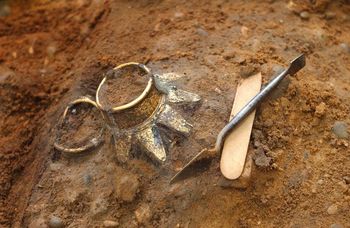Deciding what to archive
Selecting what to archive will depend on the individual work flow of which the image is a part. General guidance for the majority of cases however is to archive, where possible, the original data in an uncompressed open format.
- Digital cameras often provide limited options in terms of the files that they will produce. With images from digital photography this may entail storing either the original JPG (preferably as an uncompressed TIFF) or raw file in DNG or TIFF format.
- Images from document scanners will normally require the user to select a format to save to once the image has been scanned. With scanned images it is recommended that, prior to any processing and regardless of the final intended format, files should be saved in an open uncompressed (or lossless) format such as TIFF.
- Images created in graphics packages will require the user to select a format to save to and most packages support a wide range of formats. With files output from software such as GIS or CAD, the choice of file format will undoubtedly be more limited. In both cases an uncompressed format is preferred but, where this is not an option, files may be converted in other packages to a suitable archive format.
As highlighted in the formats table in the previous section, many files, and particularly digital photographs, contain metadata packaged within the file format that may be useful for file documentation and reuse. In most cases, where such metadata exists, it is useful to retain and archive it.



